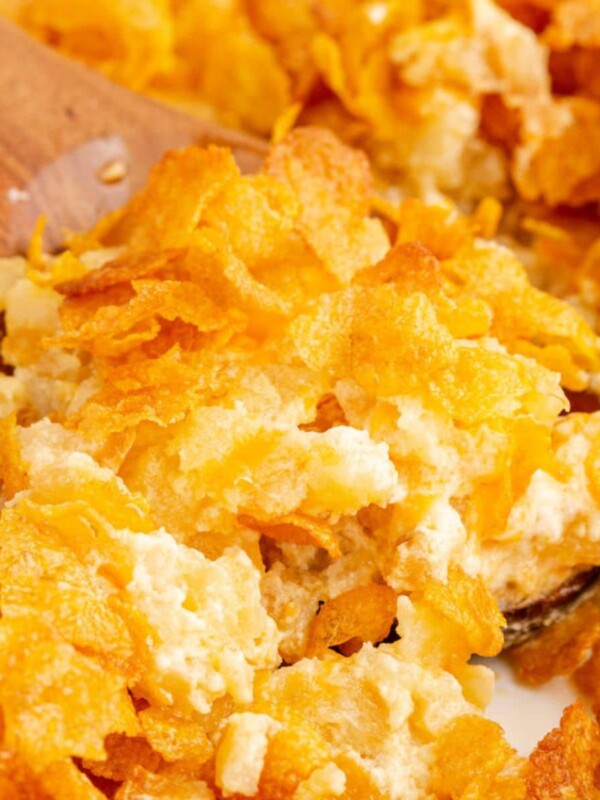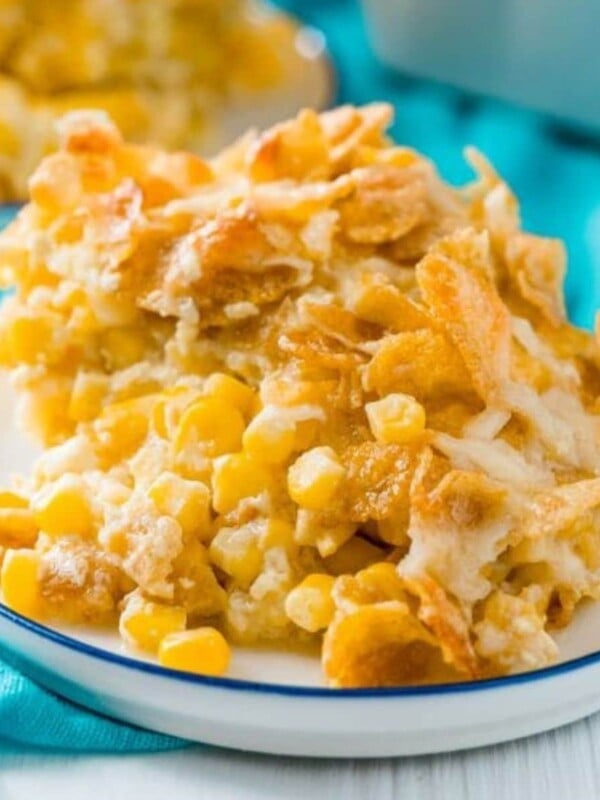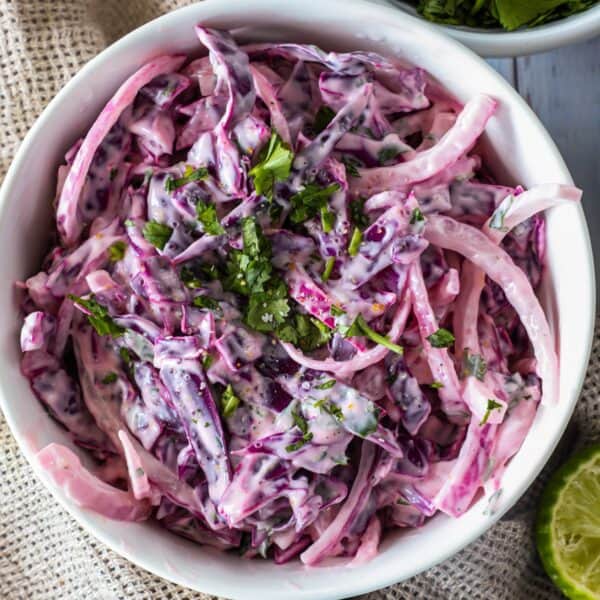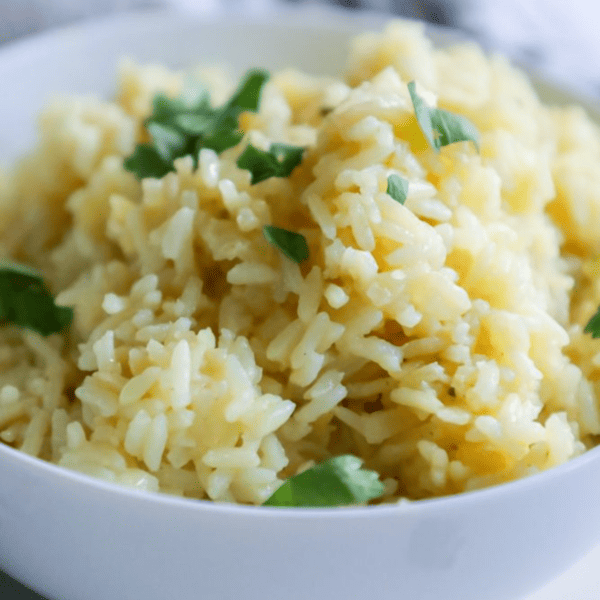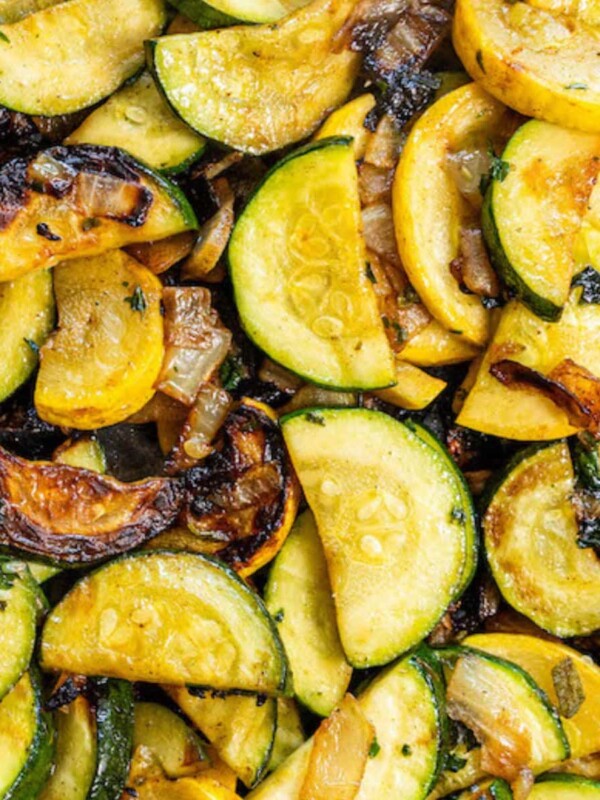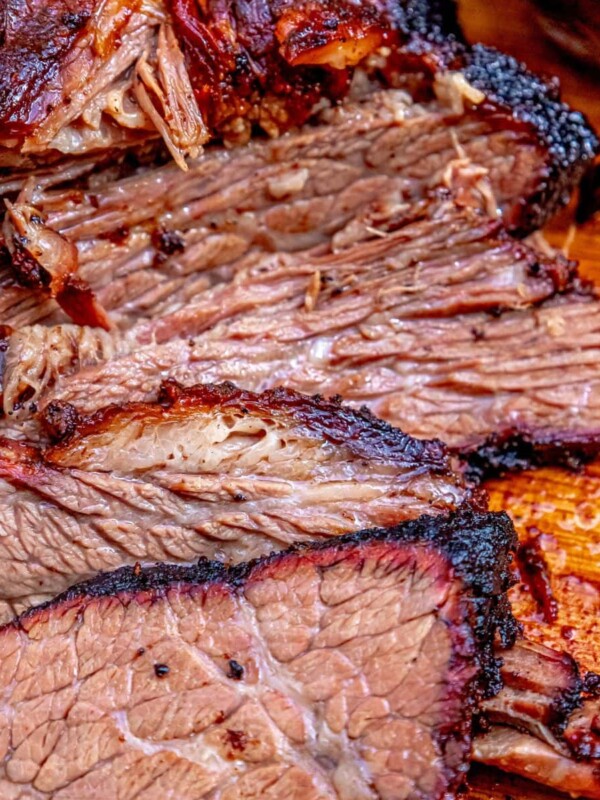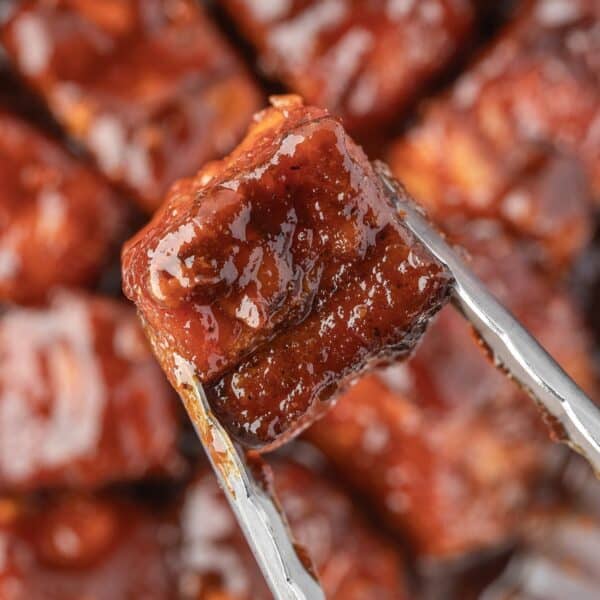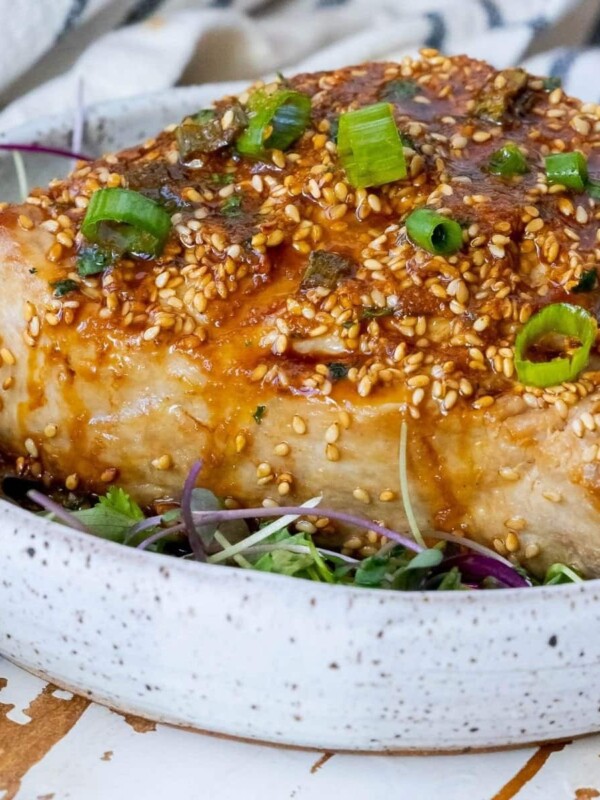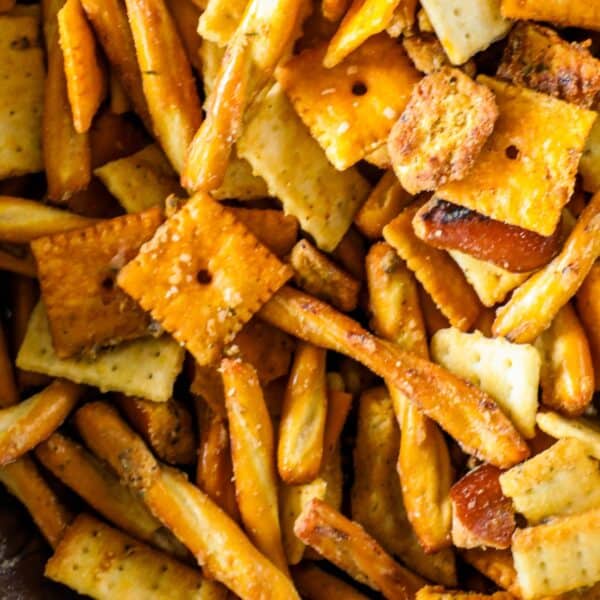This post contains affiliate links. Please read our disclosure policy.
Pulled pork is one of my kids all time favorite meals – they love shredded smoked pork in mac and cheese, in sandwiches, in burritos and tacos – one of my kids even likes to eat pulled pork with a fried egg on top! When my kids ask for pulled pork, we’ve reached for one recipe over and over throughout the years – my husband’s method for The Best Smoked Pulled Pork will be as big a hit in your home as it is in mine!
We love big bbq parties. Great friends, great conversation, cold drinks and the best smoked pulled pork ever. The secret? My husband. He’s been slowly tweaking his recipe and method for… well, years. And his pulled pork has become legendary with our friends. Today I asked him to spill the secrets!
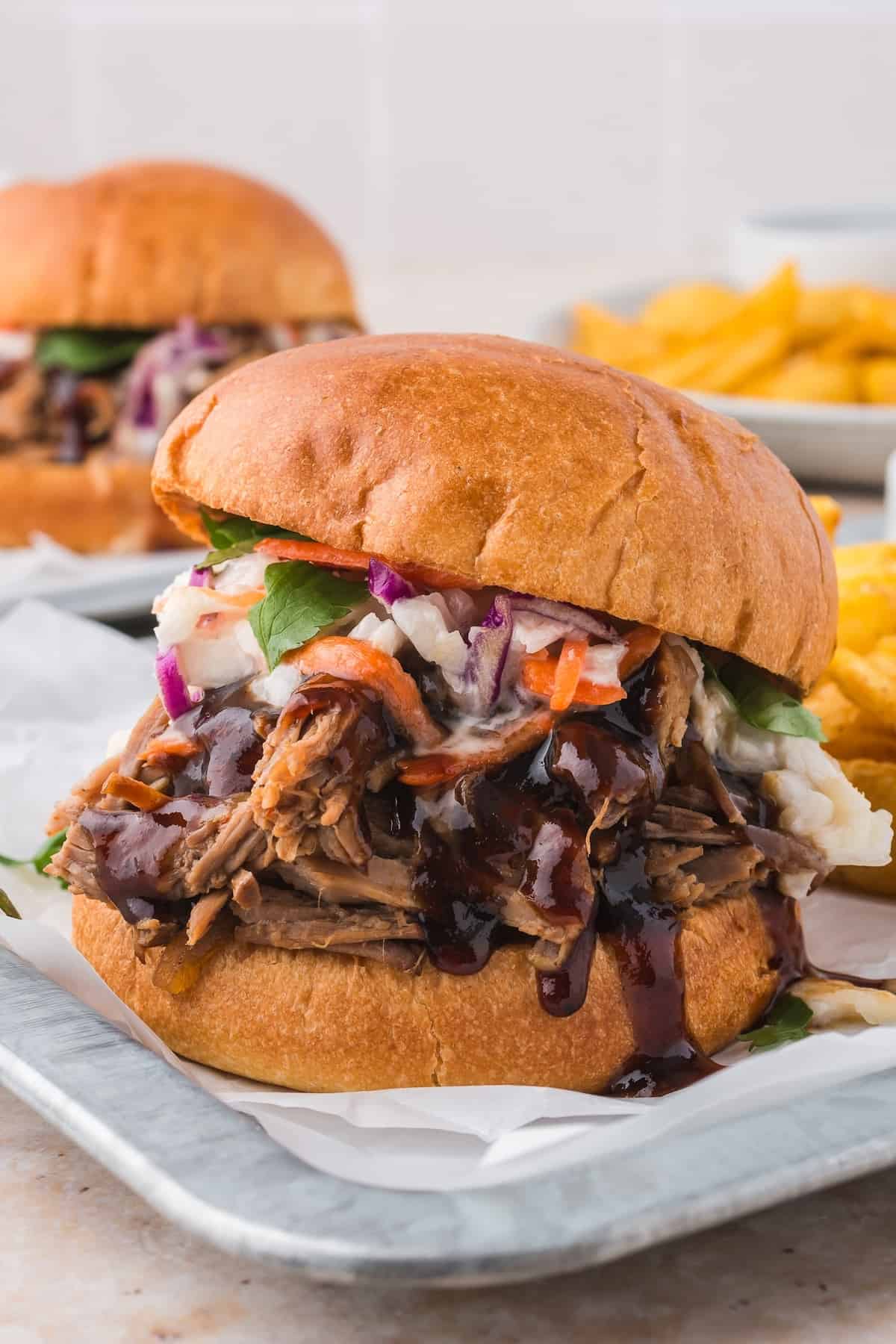
Don’t want all the extras in a recipe post? We provide a skip to recipe button in the top left corner, as well as a clickable table of contents, just below, to help make this page easier to navigate.
At Sweet C’s, I add lots of tips in all of my recipes – because I am a home cook without any formal training, and I find I am more confident making dishes when I understand why it works, and what each ingredient means to the flavor of a recipe. My goal is for even the most beginner home cook to feel empowered in the kitchen.
Table of contents
How to Make The Best Smoked Pulled Pork
Pulled pork is not a quick meal. At all. To get the pork soft and fall off the bone tender- while giving it a deep, rich smoky flavor, you have to cook it for a long time at a low heat. We use an indirect smoker like this. We like to start the smoker off by heating up wood chips or charcoal in a chimney, and then adding them to the side.
You’ll want to get the grills temperature up to 210, where you will try to keep it for around 14 hours. Don’t worry about that huge number- you will only be working on the pork for about 30 minutes, including prep time. The rest of the time you will just be waiting!
Tender Smoked Pulled Pork Ingredients
First assemble the following ingredients:
- Pork shoulder or Boston butt (6-10 pounds) – These cuts are prized for their rich marbling and connective tissues, which break down during the slow smoking process to create exceptionally tender and flavorful pulled pork.
- Beer (1/2) – Adding beer to the mix introduces a malty, slightly hoppy flavor that tenderizes the pork and infuses it with a unique depth and complexity.
- Apple cider vinegar (2 cups) – This ingredient contributes a subtle tanginess that brightens the pork’s rich flavors and helps balance the overall dish.
- Garlic powder (2 tbsp) – Garlic powder offers a savory, slightly sweet taste that enhances the meat’s natural flavors without overpowering them.
- Onion powder (2 tbsp) – This spice brings a mild, sweet onion flavor that complements the pork’s smokiness and adds another layer of savory depth.
- Season salt (2 tbsp) – Season salt is a blend of salt and other spices that elevates the pork’s taste by adding a well-rounded savoriness.
- Ground pepper (2 tbsp) – Ground pepper introduces a mild heat and pungent aroma, providing a subtle kick that contrasts nicely with the meat’s richness.
- Paprika (3 tbsp) – Paprika adds a sweet and smoky element, contributing to the pork’s vibrant color and enhancing its smoky aroma.
- Chili powder (3 tbsp) – This spice mix adds a mild to moderate heat and a complex flavor profile, incorporating elements of smokiness, sweetness, and earthiness to the pork.
- Cumin (2 tbsp) – Cumin lends a warm, earthy note with a hint of citrus, adding depth and a slight bitterness that complements the sweeter spices.
- Celery salt (2 tbsp) – Celery salt combines the salty tang of salt with the subtle, earthy flavor of celery seed, adding a fresh dimension to the rich meat.
- Cinnamon (2 tbsp) – A pinch of cinnamon introduces a warm, sweet spice that provides an unexpected twist, enhancing the meat’s complexity with its woody aroma.
- Cardamom (2 tbsp) – Cardamom adds a sweet, spicy, and slightly citrus flavor that brings a unique, aromatic quality to the pulled pork, rounding out the spice blend with its distinctive character.
Perfect Smoked Pulled Pork Process
Once you’ve gathered your ingredients, we will use the following method:
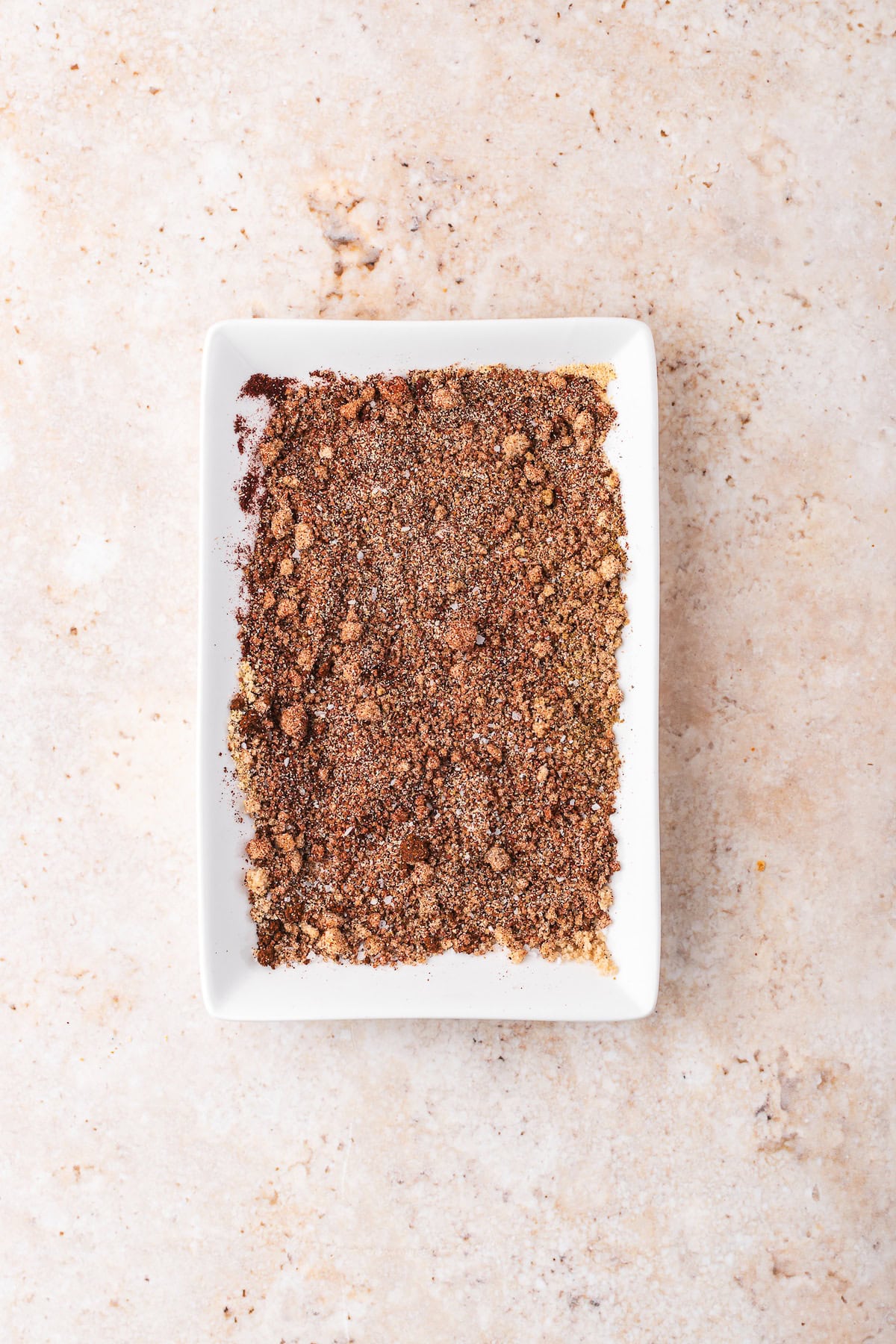
Make Pulled Pork Rub
Mix ingredients for rub together in a bowl. It is easiest to lay out on a plate and roll pork shoulder into rub, but you can sprinkle it over by hand, too.

Title goes here
Remove pork from packaging, pat dry with paper towels and allow to come to room temperature. I like to trim off excess fat and silver skin at this point. You do want to keep about 1/4” of fat on the top called the fat cap. As your meat slowly cooks, this melts and keeps the meat moist.
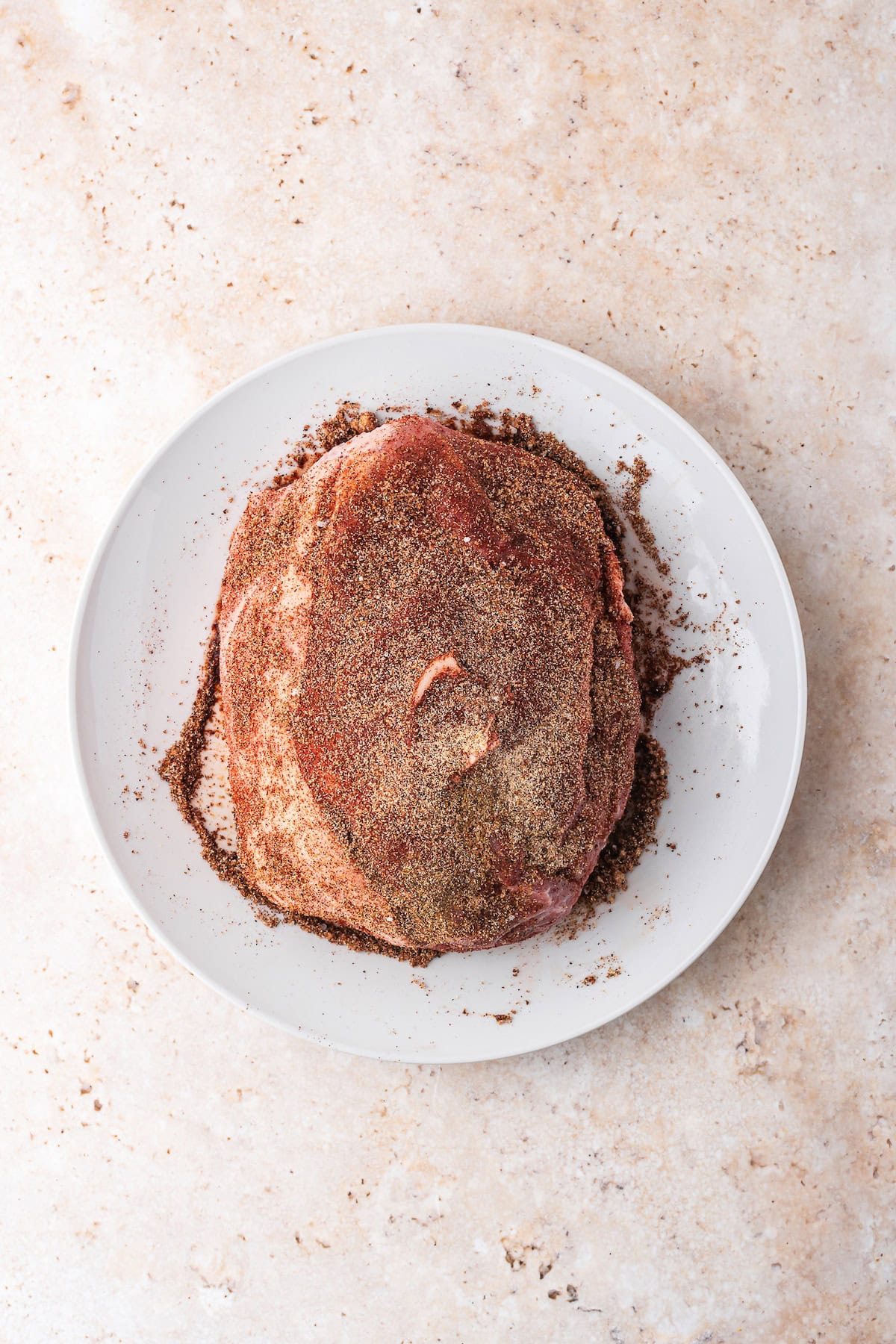
Season Pork
Apply rub and refrigerate overnight. Soak wood chips or blocks overnight in water. Remove meat from refrigerator and let come to room temperature. Next morning, prepare lump charcoal in smoker using newspaper and charcoal chimney. I do not use lighter fluid or compressed charcoal briquettes because I believe the leave a petroleum taste on the meat.

Smoke
Smoke meat as far from heat as possible for several hours. You’re shooting for your meat to get to 185F. Once you hit that mark, remove your meat from the smoker, double wrap in foil or butcher paper and let sit in an unheated over for an hour to hour and a half depending on fat content of the meat.

Pull Meat
Shred pork with two forks, or cut large chunks of smoked pork and put one at a time in the bowl of a stand mixer with the paddle attachment attached. Mix on low for a few seconds and meat will shred apart on its own.
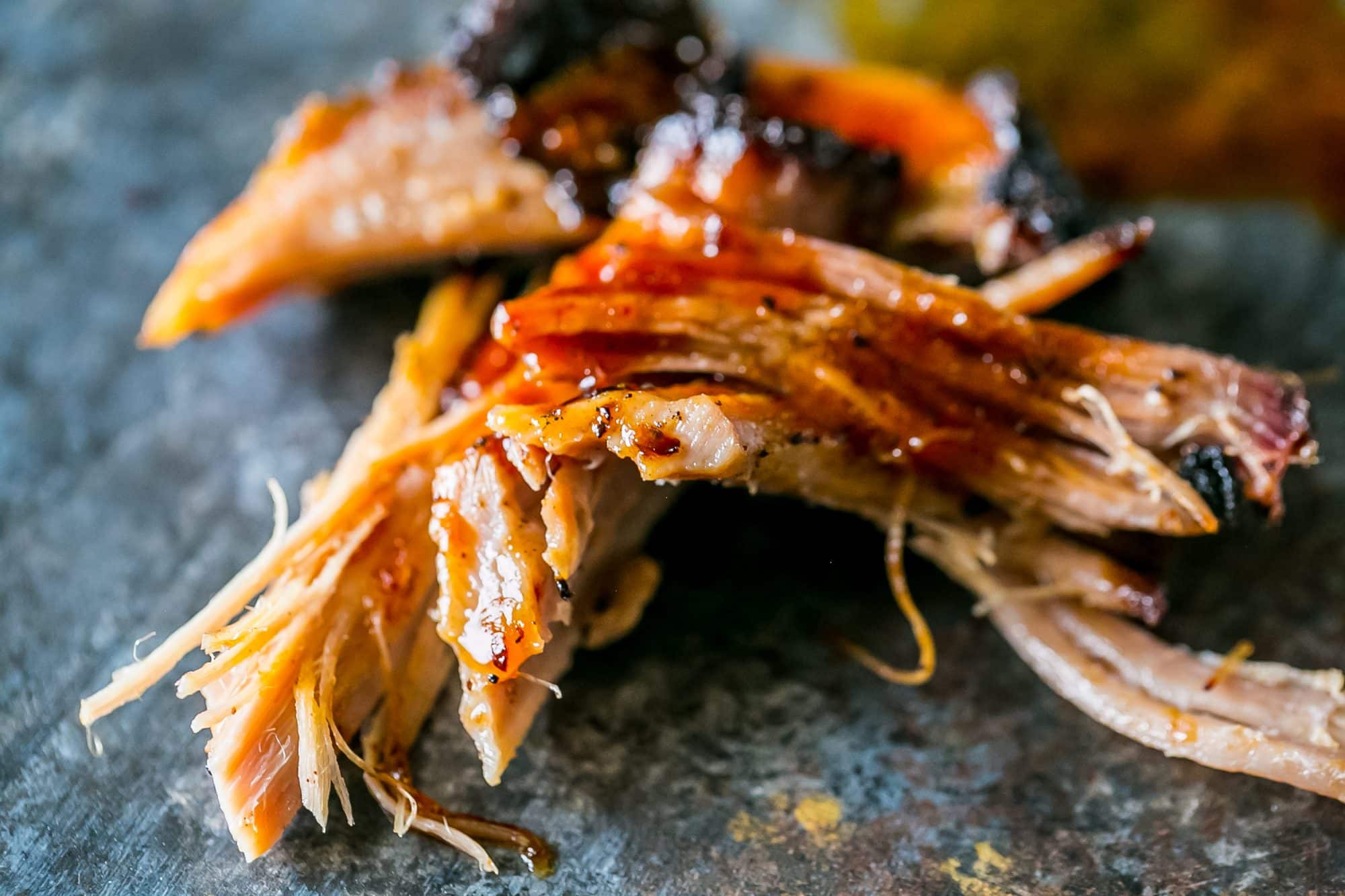
Serve
Add to a sandwich, serve over macaroni and cheese, or just eat right off the plate!
Tips and Tricks for Perfect SMoked Pulled Pork
Let Rest: Always let the shoulder rest for about 10 minutes after taking out of package to help it dry. Pat dry with paper towels before adding rub. Let your pork shoulder sit in the fridge, with rub, for 12+ hours (we like to go for 24 hours).
Baste a Lot: Add basting mix every couple hours. You can also mix your own- we’ve tried beer, dr. pepper, coke, apple juice, and more. We tend to use apple cider vinegar because we like the taste- but you can use whatever drink and spices you like.
Shred Easily: To easily get your pork to shred without burning your hands, pop it in a mix master with the paddle attachment. A couple minutes on medium and you will have a perfect consistency! Sometimes we like thicker chunks (as pictured) For meatier sandwiches. Just use to forks to pull the meat apart for a thicker style.
Choose the right cut: Go with a bone-in pork shoulder (also called Boston butt) for best results. The bone adds flavor and helps retain moisture as it cooks.
Trim, but not too much: Trim off any overly thick fat cap, but leave a thin layer—this helps with flavor and moisture retention during the long smoke.
Dry rub overnight: Rub your pork shoulder with your favorite BBQ seasoning and let it sit in the fridge overnight (wrapped tightly) for deep flavor penetration.
Let it come to room temp: Before smoking, let the meat sit out for about 30–45 minutes to take the chill off. This promotes even cooking.
Use a steady, low temperature (225–250°F): Low and slow is the key. It allows the connective tissues to break down and keeps the meat juicy and shreddable.
Use hardwoods for smoke: Hickory, oak, or applewood are all excellent choices for pulled pork. Avoid softwoods—they can leave a bitter taste.
Spritz during the cook: Every hour or so after the bark forms, spritz with apple juice, cider vinegar, or water to keep the bark moist and add subtle flavor.
Wrap at the stall (160–170°F): When the internal temp stalls, wrap the pork tightly in butcher paper (for a crisper bark) or foil (for a juicier result) to power through to tenderness.
Target final internal temp: 195–205°F: That’s when collagen and connective tissue have fully broken down, making it easy to pull apart.
Use a meat thermometer: Don’t guess! A reliable instant-read thermometer or probe is essential to avoid under- or overcooking.
Rest at least 1 hour (wrapped): After pulling it off the smoker, let it rest in a cooler or warm oven to allow juices to redistribute. Skipping this step can lead to dry pork.
Shred while warm: Use two forks, meat claws, or even gloved hands to pull the pork while it’s still warm—it’s much easier and stays juicy.
Mix bark into the pulled meat: Chop up the flavorful bark and mix it evenly through for texture and deep, smoky taste in every bite.
Serve with or without sauce: Let the flavor of the smoke shine through. Offer BBQ sauce on the side so guests can choose their level of sauciness.
FAQS
The best cuts for pulled pork are pork shoulder or Boston butt, as they are marbled with fat that melts during cooking, making the meat tender and flavorful.
Yes, you can make tender pulled pork in a slow cooker or oven. Slow cook on low for 8-10 hours or roast in the oven at 275°F (135°C) until the meat reaches the desired internal temperature.
Pulled pork is done when it reaches an internal temperature of 195-205°F (90-96°C), which allows the collagen in the meat to break down, making it tender and easy to shred.
Keep the pulled pork moist by wrapping it in foil or butcher paper once it reaches 150-160°F (65-71°C) and continue cooking until done. Resting the meat wrapped in a towel and cooler for an hour can also help retain moisture.
Yes, pulled pork freezes well. Cool it quickly, store it in airtight containers or freezer bags, and freeze. It can last up to 3 months. Thaw in the refrigerator before reheating.
Reheat pulled pork gently, covered, in the oven or on the stovetop with a splash of apple cider vinegar or broth to add moisture. Microwaving in short bursts with added moisture can also work.
Popular seasonings include a mix of paprika, garlic powder, onion powder, salt, pepper, chili powder, cumin, and brown sugar. Adjust the spices to your taste preference.
What to Serve with Pulled Pork
Classic Coleslaw: The creamy, tangy flavor of coleslaw complements the smoky richness of the pork, adding a refreshing crunch.
Baked Beans: Their sweet and savory taste pairs well with the meaty, smoky flavor of the pork, creating a hearty and satisfying combination.
Cornbread: Its slightly sweet, buttery flavor balances the savory depth of the pork, and its soft texture contrasts nicely with the meat’s tenderness. Try this cornbread!
Macaroni and Cheese: The creamy, cheesy goodness offers a comforting, indulgent contrast to the smoky, savory pulled pork.
Grilled Corn on the Cob: The smoky char from the grill complements the smoked pork, while the corn’s natural sweetness adds a fresh dimension. Try this recipe!
Potato Salad: Its creamy texture and tangy flavor profile provide a cool, refreshing contrast to the warm, spiced meat. Try these roasted potatoes!
Garlic Roasted Brussels Sprouts: The caramelized, crispy edges and savory garlic flavor offer a bold, tasty counterpoint to the soft, smoky pork. I love these baked ranch brussels sprouts!
Try these sides with your pulled pork sandwiches:
If you love this easy recipe please click the stars below to give it a five star rating and leave a comment! Pease also help me share on Instagram, Facebook, and Pinterest!
Share on Facebook
SharePin this now to find it later
Pin ItFollow on Instagram
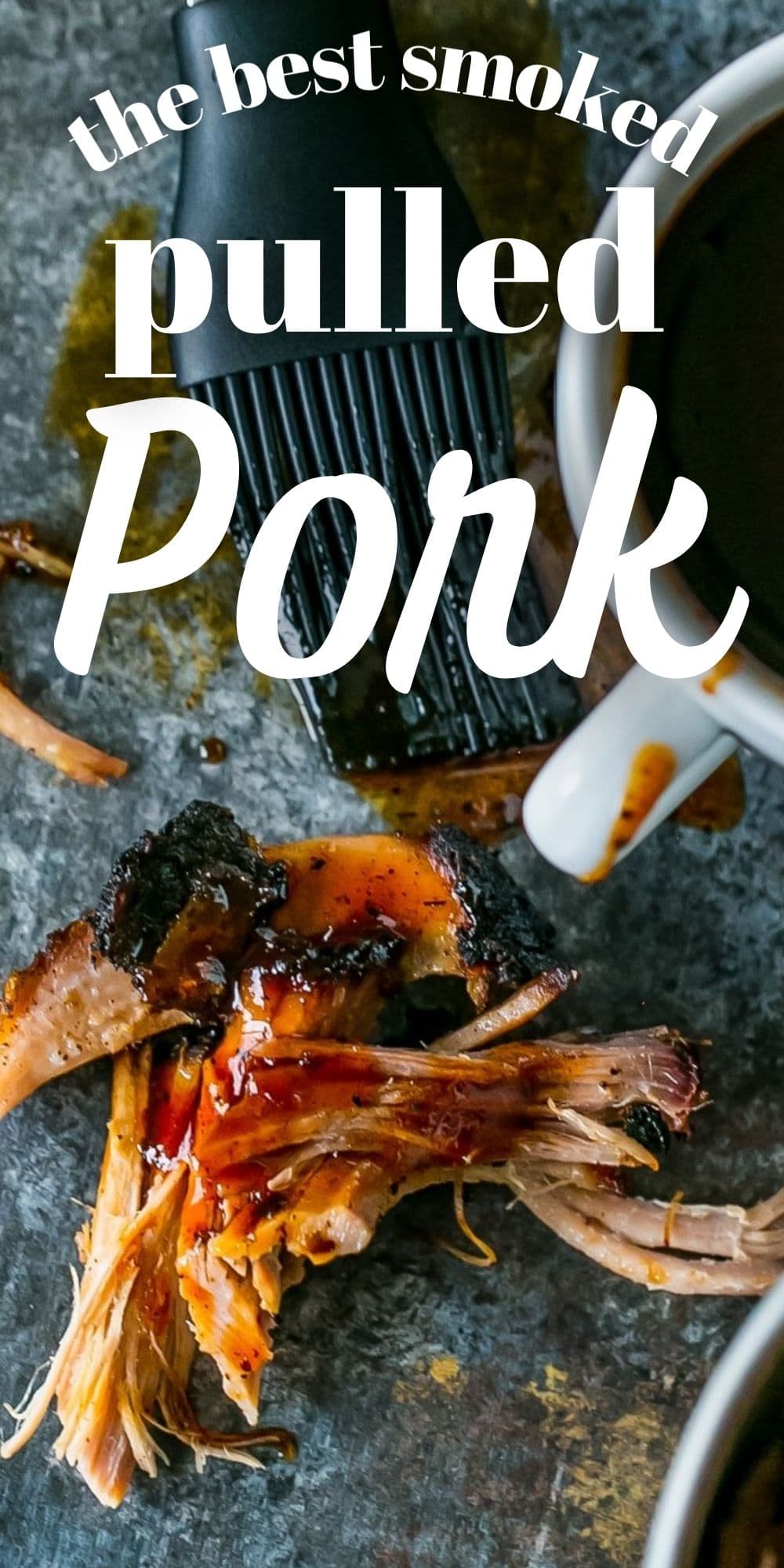
Only have 30 minutes to get dinner on the table? Sign up for my 30 minute dinner plans direct to your inbox!
Find and shop my favorite products in my Amazon storefront here!
Smoker Pulled Pork Recipe

Equipment
Ingredients
- 1 pork shoulder or boston butt, 6-10 pounds
- One half a beer
- 2 cups apple cider vinegar
Rub Ingredients:
- 2 tbsp garlic powder
- 2 tbsp onion powder
- 2 tbsp season salt
- 2 tbsp ground pepper
- 3 tbsp paprika
- 3 tbsp chili powder
- 2 tbsp cumin
- 2 tbsp celery salt
- 2 tbsp cinnamon
- 2 tbsp cardamom
Instructions
- Mix ingredients for rub together in a bowl.
- Remove pork from packaging, pat dry with paper towels and allow to come to room temperature. I like to trim off excess fat and silver skin at this point. You do want to keep about 1/4” of fat on the top called the fat cap. As your meat slowly cooks, this melts and keeps the meat moist.
- Apply rub, and refrigerate over night. Soak wood chips or blocks over night in water.
- Remove meat from refrigerator and let come to room temperature.
- Next morning, prepare lump charcoal in smoker using newspaper and charcoal chimney. I do not use lighter fluid or compressed charcoal briquettes because I believe the leave a petroleum taste on the meat.
- While the coals come to temperature, combine the ingredients for the mop and put in a spray bottle on plastic container.
- When coals are glowing and grey, add the brisket to the smoker. Keep the meat as far from the fire as possible. If you have a barrel smoker with a fire box, keep on the opposite side of the grill surface from the fire box. If you have a conventional smoker or Weber-style kettle grill, build small fire on one side of kettle and keep meat on the other side.
- Add handful of wet wood chips/block to fire. Cover and let cook. You’ll want to keep your temperature between 200-225 degrees F. That should take approximately 12-14 hours to smoke a 7-10 pound butt.
- You’ll likely need to check the fire every 30-45 minutes. After an hour of smoking you should start mopping your meat every time you check the fire. I like to use a silicone basting brush for this. The inexpensive fibre brushes that are commonly sold at big-box stores begin to come apart quickly and in my experience often shed bristles on the meat.
- I also rotate my meat every hour to ensure that all sides get even exposure to the heat and smoke. This is particularly important if you’re using a conventional kettle grill for your smoking.
- If you have an outdoor temperature probe, use it to track the internal temperature of you meat. After several hours, your meat may “stall” around 150F. I usually keep smoking mine. In Texas, they wrap them in foil with a cup of mop to finish.
- You’re shooting for your meat to get to 185F. Once you hit that mark, remove your meat from the smoker, double wrap in foil and let sit in an unheated over for an hour to hour and a half depending on fat content of the meat.
Nutrition
Nutrition information is automatically calculated, so should only be used as an approximation.

